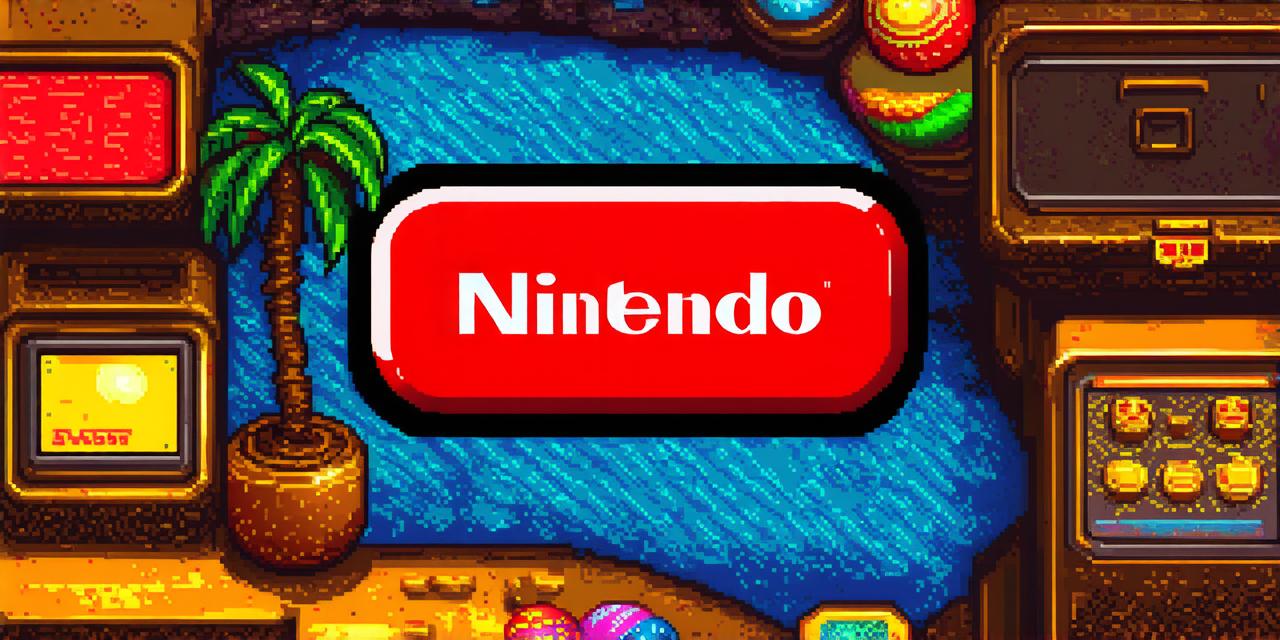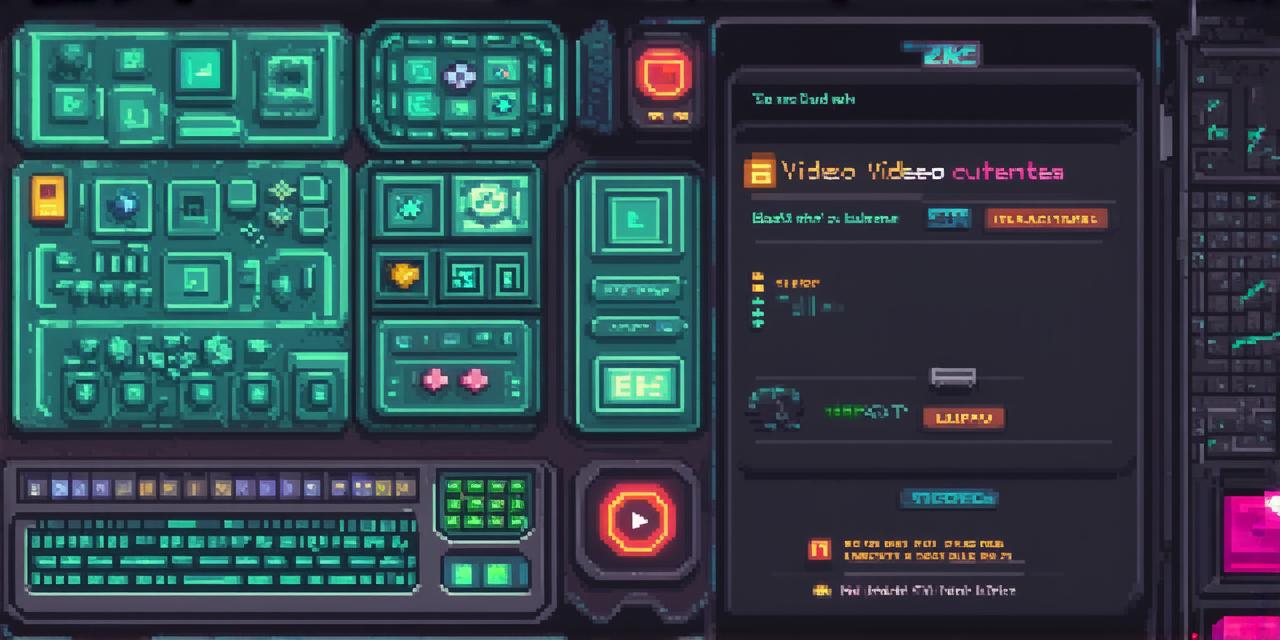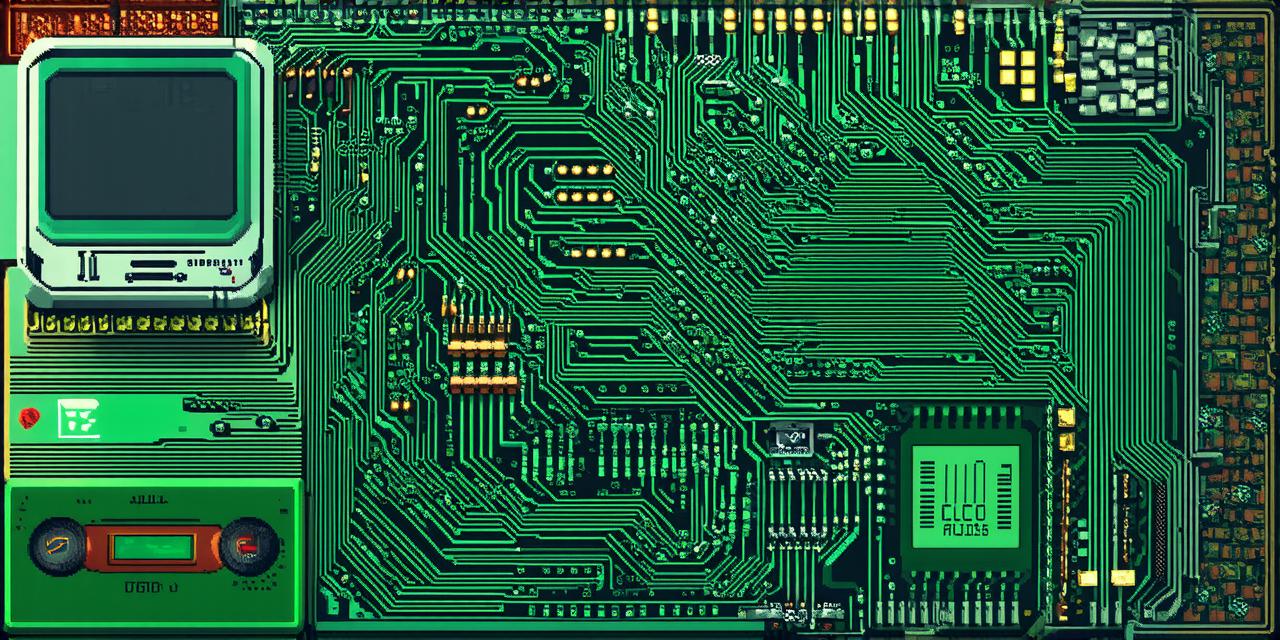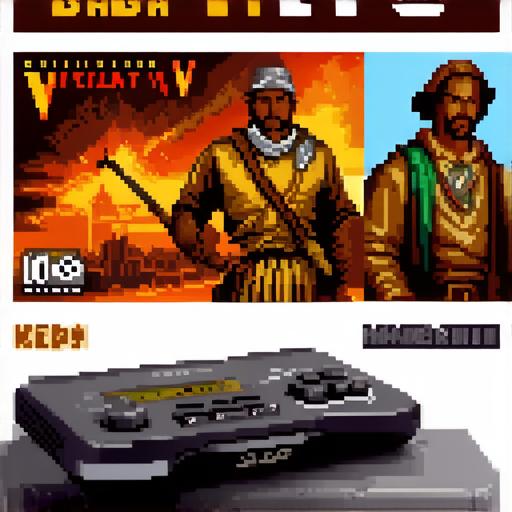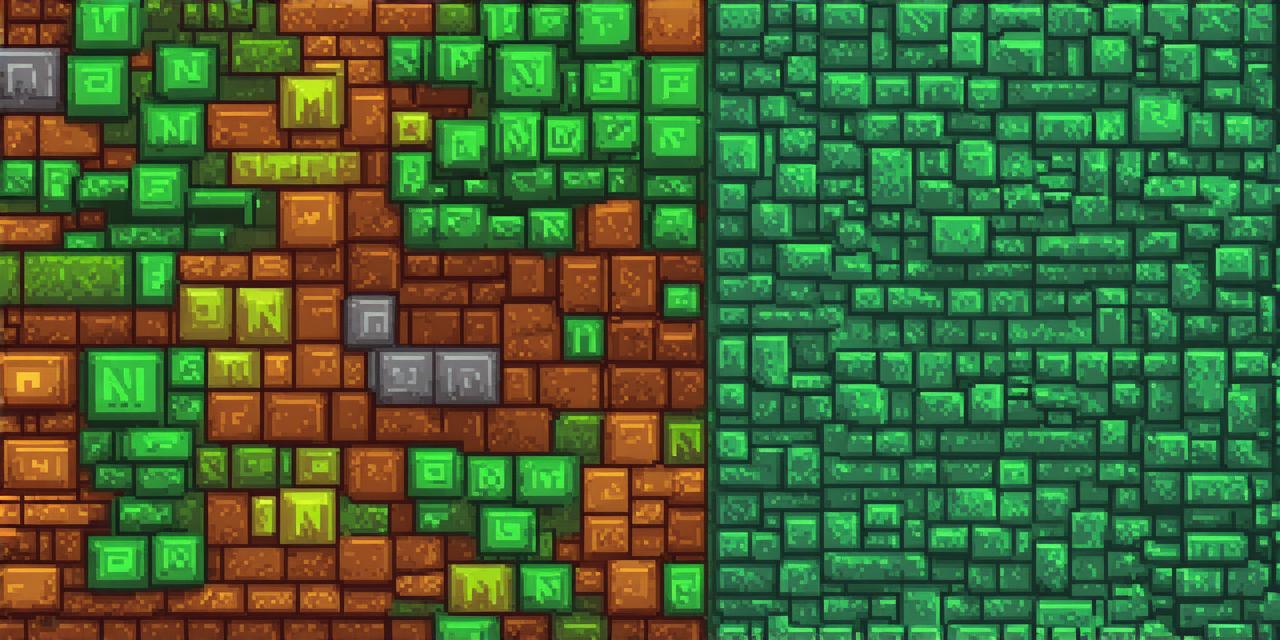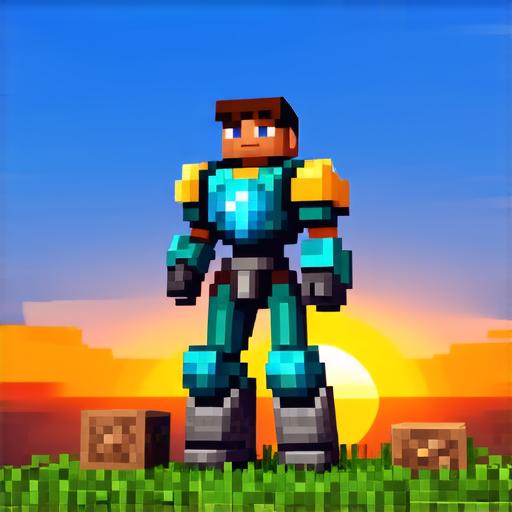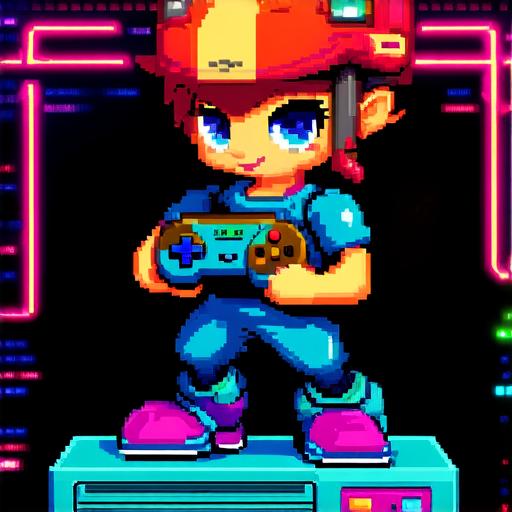What is the oldest video game company
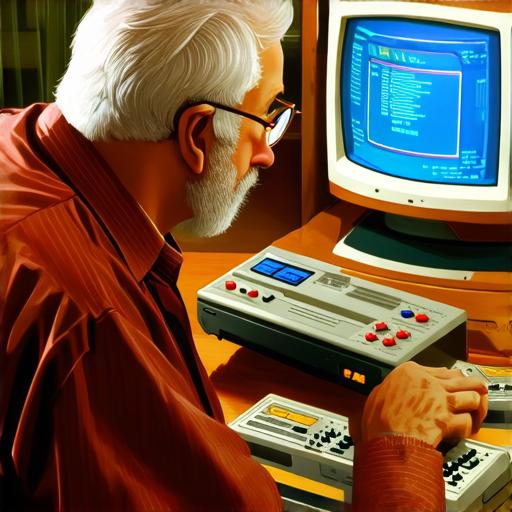
The Beginning: Tennis for Two
Before we dive into the world of video games, let’s take a step back in time to 1958. This was the year that William Higinbotham, an electrical engineer, created the first interactive electronic game. The game, aptly named “Tennis for Two,” used an oscilloscope screen to display a tennis court and two players. The objective of the game was simple: hit the ball back and forth across the net without missing it.
While Tennis for Two may not be what most people consider a video game today, it was groundbreaking in its time. It marked the beginning of interactive electronic games and laid the foundation for what would become the video game industry as we know it.
Birth of an Industry: Magnavox Odyssey
Following the success of Tennis for Two, the first commercially successful video game console, the Magnavox Odyssey, was released in 1972. The console was created by Ralph H. Baer and was marketed as a home version of Pong, an arcade game developed by Atari.
The Magnavox Odyssey was revolutionary in its time, offering players the ability to play a variety of games at home. It was also one of the first video game consoles to support multiple games, with a total of nine games released for the console.
The Rise of Nintendo: Famicom and Game Boy
In 1980, Nintendo released its first video game console, the Famicom, in Japan. The console was a massive success, selling over 6 million units within the first year of release. It introduced players to iconic games such as Super Mario Bros. and The Legend of Zelda.
The success of the Famicom led Nintendo to expand into the global market with the release of the Game Boy in 1989. The handheld console was a massive hit, selling over 100 million units worldwide. It revolutionized the way people played video games, allowing them to play their favorite games on the go.
Sega’s Genesis and Sonic the Hedgehog
In 1989, Sega released its first video game console, the Genesis. The console was a massive success, selling over 25 million units worldwide. It introduced players to iconic games such as Sonic the Hedgehog and Streets of Rage.
The Genesis marked the beginning of Sega’s dominance in the video game industry. Its innovative technology and groundbreaking games helped it establish itself as a major player in the gaming world.
The Dawn of the Internet Age: Online Gaming
With the rise of the internet, online gaming became increasingly popular. In 1993, Doom was released, marking the beginning of multiplayer online gaming. The game allowed players to connect with each other and play together in a virtual world.
The popularity of online gaming continued to grow in the following years, with the release of games such as Ultima Online and EverQuest. These games marked the beginning of massively multiplayer online role-playing games (MMORPGs) and opened up new possibilities for video game storytelling and exploration.
The Rise of Mobile Gaming
In 2007, Apple released the iPhone, marking the beginning of the smartphone era. With the rise of smartphones, mobile gaming became increasingly popular. Games such as Angry Birds and Candy Crush Saga became cultural phenomena, attracting millions of players worldwide.
Mobile gaming has continued to grow in popularity, with the release of new games such as Fortnite and Pokemon Go. These games have introduced new ways of playing and engaging with video games, making them accessible to a wider audience.
The Future of Gaming: Virtual Reality and Augmented Reality
Virtual reality (VR) and augmented reality (AR) are the latest frontiers of gaming technology. VR allows players to fully immerse themselves in a virtual world, while AR overlays digital information onto the real world.
Both VR and AR have shown great potential for video games, with companies such as Oculus and Sony already releasing VR headsets and Nintendo releasing an AR game called Pokemon Go. The future of gaming is likely to be shaped by these technologies, offering players even more immersive and interactive experiences.
Summary: The Evolution of Video Games
From Tennis for Two to the latest VR and AR games, video games have come a long way since their inception. The oldest video game company, William Higinbotham’s Tennis for Two, marked the beginning of interactive electronic games and laid the foundation for what would become the video game industry as we know it today.
The rise of Nintendo, Sega, and mobile gaming has helped shape the industry and make video games accessible to a wider audience. The future of gaming is likely to be shaped by VR and AR technology, offering players even more immersive and interactive experiences.
As video games continue to evolve, it’s clear that they will remain an important part of our culture and entertainment for years to come.
